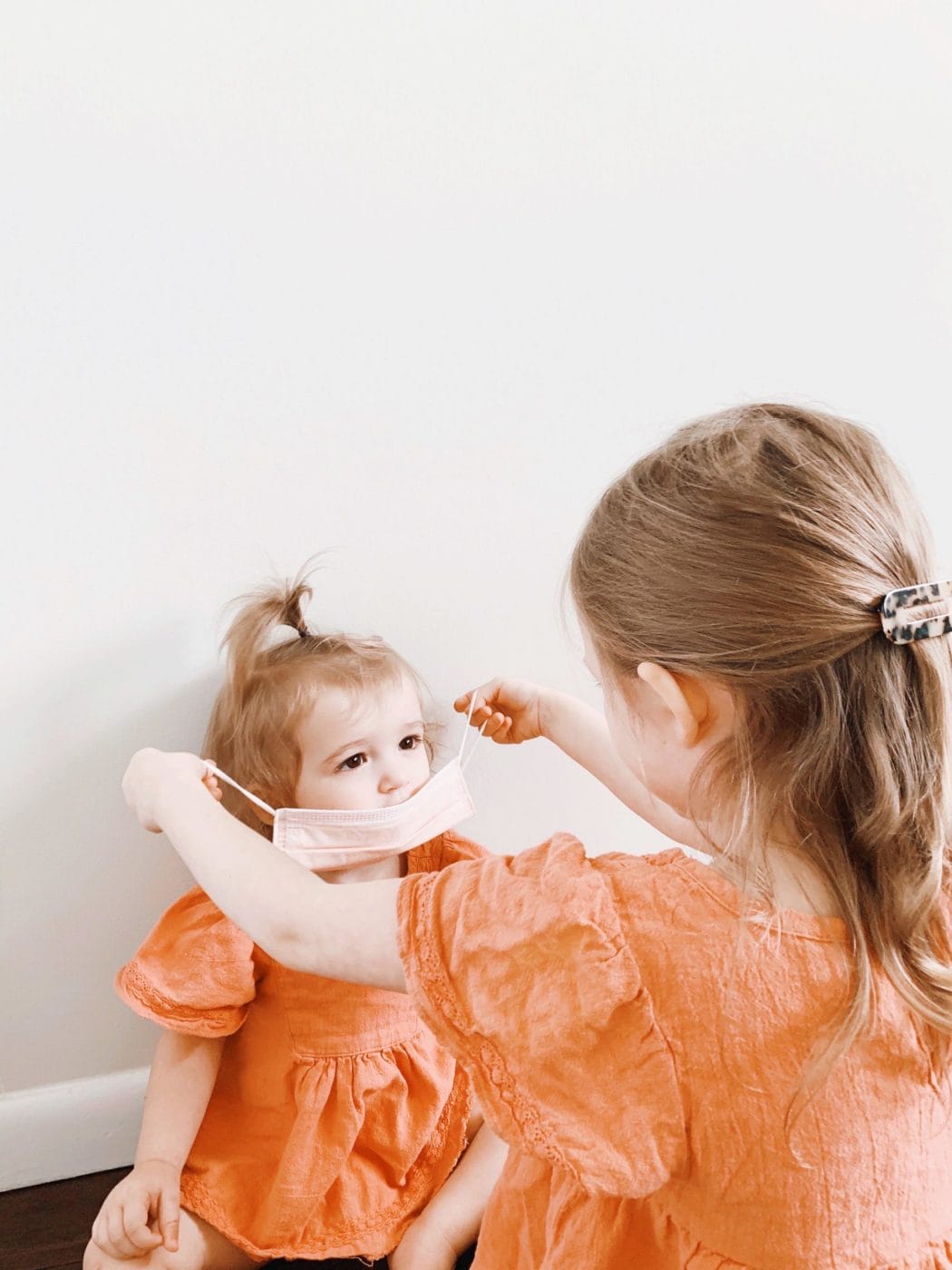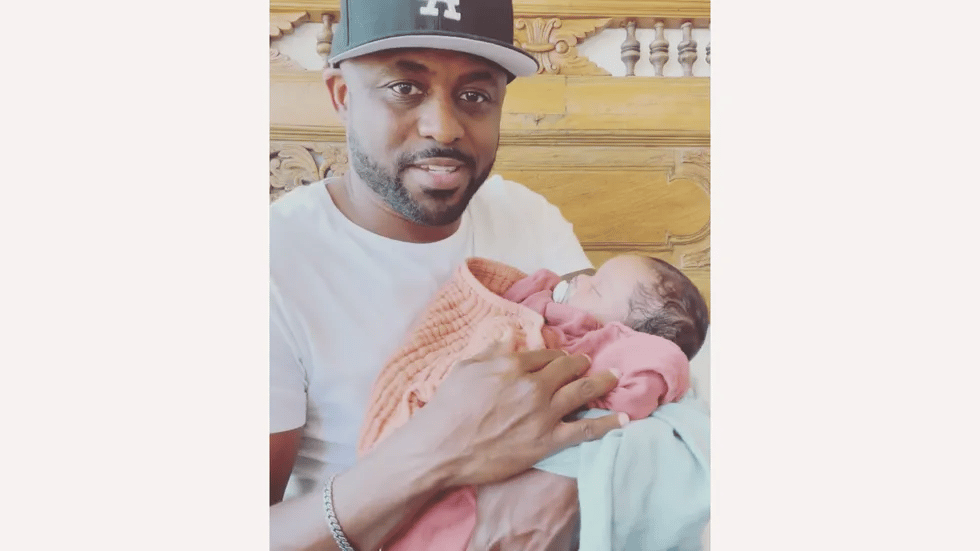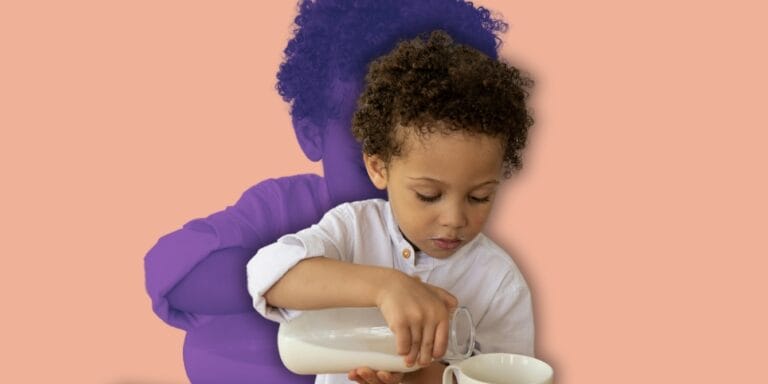One year later: how life has changed since the COVID-19 pandemic began

Virtually no aspect of life has been untouched.
On March 11, 2020, the World Health Organization officially declared the COVID-19 outbreak a pandemic. At the time, confirmed cases of COVID-19 stood at 125,000, and reported deaths were fewer than 5,000.
Today, 117 million people are confirmed to have been infected, and more than 2.6 million people have died. In the United States alone, over 29,000,000 people have been infected by COVID-19 and over 527,000 have died. The loss is staggering.
One year after COVID-19 went global, we’re examining how our lives have changed. Because for so many of us, the pandemic has changed just about everything.
On March 11, 2020, the pandemic became real for many of us in more than just name. Italy ordered businesses and shops to close in an attempt to curb widespread sickness. The NBA made the unprecedented move of suspending its season. Tom Hanks and his wife Rita Wilson announced that they tested positive for COVID-19 and were quarantined in Australia, where he was filming a movie.
That day might mark the moment the pandemic became real for your family. And still, we had no idea what was to come.
The loss of life
It’s hard to examine how life has changed without emphasizing the lives lost. Again, more than half a million Americans have died because of COVID-19 in the span of a single year. In early January, more than 4,000 people died in a single day. A single day.
After a year of suffering and unimaginable loss, there’s a renewed sense of optimism in the fight against COVID-19. There are three vaccines on the market in America and the country is finally, albeit belatedly, making headway in the vaccine rollout.
When President Biden took office in January, he pledged to get 100 million doses in the arms of willing Americans in his first 100 days in office. While the promise seemed lofty at the time, America is currently on track to hit that mark.
The White House has already said that we have enough doses of the vaccine to vaccinate every adult by the end of May. Today, the President will announce plans to secure another 100 million doses of the new Johnson & Johnson vaccine in the second half of the year. The plan is about hope: it’s about stockpiling doses for the eventual vaccination of children later this year. It’s also about making sure we have enough vaccines to use in research to combat emerging strains of the virus.
That’s a far cry from where we were just one year ago, with no vaccine or few medical answers about how to treat patients with the novel coronavirus.
Mental health
For many of us, the past year has involved isolation. We stayed home, socially distanced, and moved to virtual work and learning. We adapted holiday and birthday celebrations and stayed away from extended family members, for fear of passing the virus.
The pandemic exacerbated mental health and substance use issues for many people. Dawn Brown, the director of HelpLine Services for the National Alliance on Mental Illness, said that at the height of the pandemic, calls shot up as much as 75 percent. She told RollCall that calls “about anxiety and depression replaced schizophrenia and bipolar disorder as the hotline’s top illnesses.”
The pandemic has also taken a toll on the mental health of children. A recent prepublication, peer-reviewed article in the journal Pediatrics found increases in both suicidal ideation and suicide attempts in children between the ages of 10-19 in the past year.
Kids and teens have experienced many kinds of losses during the pandemic. Many have lost loved ones but they’ve also lost contact with friends and family, face time with peers, and in-person instruction in schools and sports. Many are lacking the camaraderie that sports and afterschool activities once provided and are missing the traditional milestones of school dances and graduations that they once looked forward to.
Dr. Gene Beresin, the executive director of The Clay Center for Young Healthy Minds at Massachusetts General Hospital, says there are several ways that parents can better support children right now. To start, he recommends controlling your own anxiety about COVID-19.
“Many of us are still worried about the current situation, one year later, and living with uncertainty isn’t easy. Many parents and other caregivers are also running out of steam. But anxiety and stress are ‘contagious.’ Your kids will know that you are nervous or stressed even if you try to hide it,” he says.
He recommends finding the most credible, fact-based information you can about the virus and trying to avoid misinformation spread on social media. That will just stress you out more.
He also recommends asking your kids how they’re feeling, both in general and about COVID-19. Remember to validate their feelings and concerns and offer reassurance when you can.
“Your kids may worry about how you’re going to get through this – how they’re going to make friends again back at school, how they’re going to get into college after ‘a wasted year.’ Remind them of other situations in which they felt helpless and scared. Kids love family stories, and these narratives carry a lot of emotional weight. Remind them that you have been through challenging times before – including this entire past year – and though everyone was distressed, everyone also worked together and got through it,” he says.
And don’t forget to seek professional help. That can be as simple as asking your child’s pediatrician for advice or getting a referral to a mental health professional.
Education
The educational landscape has changed significantly in the past year. Last March, the American public school system shifted to virtual learning, practically overnight.
During the past year, school districts across the nation have enacted different policies to try to best serve their students. Some districts have operated virtually, many reopened with hybrid learning, and some have returned to in-person instruction.
Educators are trying everything to keep their kids safe. Desks are spread out as much as classrooms allow, plastic dividers have gone up in classrooms and cafeterias, and windows are kept open, even in frigid temperatures, to try to keep the potential spread of the virus low.
Sports and activities have been suspended or moved to virtual instruction.
Teachers have made the best of an impossible year. But even with all the love and support that teachers can offer, students are still suffering.
An estimated 3 million students in America have gone “missing” from school. They’re not attending classes or doing work. Even when the pandemic ends, they might never return.
Who’s most at risk of losing their education? According to this study, it’s students in foster care, those experiencing homelessness, English learners, students with disabilities, and students who are eligible for the Migrant Education Program. There’s also a large overlap with students from low-income families.
There’s no easy solution to helping these students return to the classroom. Education experts say our children need accountability from their schools, local and federal governments. There needs to be more guidance, funding, and resources for schools, social services, and children.
As teachers across the country begin to receive their COVID-19 vaccinations and classrooms begin to reopen in earnest, we need to make sure that our most vulnerable students are not forgotten.
Job losses
The coronavirus pandemic has also caused widespread job loss and economic uncertainty.
One year after the pandemic first shut down our country, roughly four in ten Americans say they’re still feeling the financial impact of the loss of a job in their household.
The job losses were felt overwhelmingly by women and people of color.
In the immediate aftermath of COVID-19 going global, more women than men lost their jobs. From February to May 2020, as the nation locked down to contain COVID-19, 11.5 million women lost their jobs, compared to 9 million men.
That disparity has only continued in the past year.
From March to December 2020, one in five women in America was pushed out of the workforce. No matter how the data is examined—by race, sector, or income—the burden of the pandemic fell hardest on women.
In her report, “The Burden of the COVID-19 Pandemic on Women in the Workforce,” Rep. Katie Porter points out that American job losses are concentrated in industries with the highest proportion of women in the workforce, especially women of color.
“Nine of the ten industries that saw the most jobs lost are in the service sector, including women-dominated professions such as performing arts, sightseeing, hotels, and retail. As a result, mothers experienced greater initial increases in unemployment as compared to fathers,” she wrote.
During the month of December, women accounted for all of American job losses.
The U.S. economy lost a net 140,000 jobs in December. Overall, women lost 156,000 jobs while men gained 16,000 jobs. That means women lost 111% of all the jobs in December.
The crisis is worse for women of color. The unemployment rates for black and Latina women in December were 8.4% and 9.1%, respectively. The overall unemployment rate was 6.7%. For white men, it was just 5.8%.
According to a poll by The Associated Press-NORC Center for Public Affairs Research, 38% of Hispanics and 29% of Black Americans have experienced a layoff in their household at some point during the past year, compared with 21% of white Americans.
We know things are dire for American families. What can be done?
Congress is set to finalize the Biden administration’s $1.9 trillion stimulus package. Among other things, it includes aid for American families and businesses that are still reeling from the pandemic. It also includes an expanded child tax credit that could lift many families out of poverty with monthly payments.
One year later
So where are we, one year later? We’re missing our loved ones, both those we’ve lost to COVID-19 and those we just haven’t seen in the past year.
We’re leaning on friends, loved ones, and doctors to help us through a mental health crisis.
Our nation is still figuring out how to reopen the education system in an equitable way. Our teachers are persevering and serving their students as best they can.
We’re still a long way off from economic security. Millions of jobs have been lost, concentrated in industries populated by women and people of color.
And yet, there’s hope and gratitude. The vaccination rollout is finally gaining steam and reported cases of COVID-19 are starting to slow worldwide. The phrase “when this is all over” is finally starting to feel like a reality, not just a wish.
We’re still in the middle of a deadly pandemic. But there’s hope and lessons learned. Take care of yourself and your family. Wear a mask and practice social distancing. We can do this—together.


































